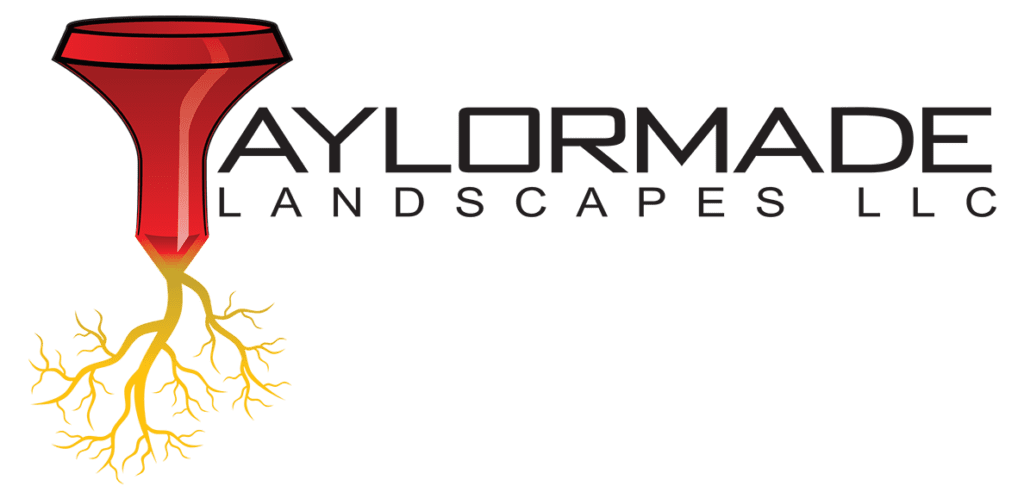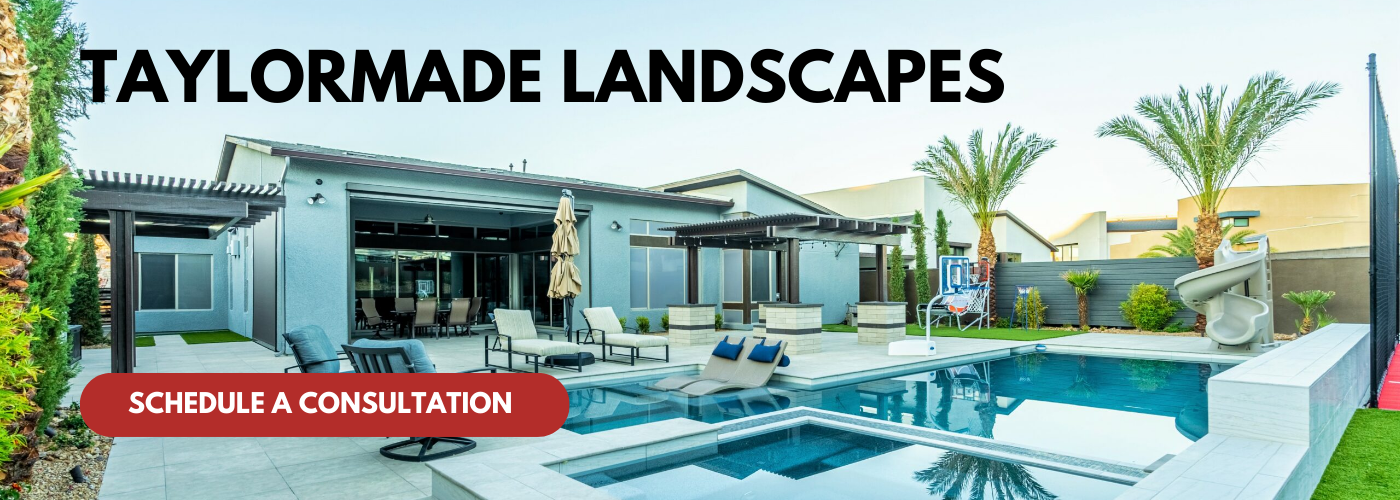As outdoor living spaces continue to gain prominence, the art of hardscaping—integrating non-plant elements such as stone, wood, and concrete into landscape designs—has become a key consideration for homeowners and landscapers alike. In 2025, as trends evolve and preferences shift, understanding the common hardscape mistakes to avoid is vital for ensuring not only aesthetic appeal but also functionality, sustainability, and long-term enjoyment of outdoor spaces.
Hardscaping offers the unique ability to craft inviting patios, durable walkways, stunning retaining walls, and more, creating a cohesive environment where nature and architecture harmoniously coexist. However, without careful planning and execution, many enthusiasts may inadvertently fall into traps that can undermine their investments and negate the intended benefits of their hardscape features. From inadequate drainage solutions to poor material choices and misguided design principles, these missteps can lead to costly repairs, decreased usability, and diminished property value.
In this article, we will explore the most prevalent hardscape mistakes that homeowners and builders should be wary of in 2025. By highlighting these pitfalls and offering insights on how to circumvent them, we aim to empower readers with the knowledge needed to create beautiful, functional, and resilient outdoor spaces. As the world of hardscaping continues to evolve with new materials, technologies, and design philosophies, being informed about common errors will ensure that your outdoor oasis remains both timeless and practical for years to come.
Poor Material Selection
When it comes to landscaping, particularly in hardscape design, the selection of materials plays a crucial role in the overall durability, aesthetics, and functionality of the project. Poor material selection can lead to significant problems down the line, including higher maintenance costs and a decreased lifespan of the installation. In 2025, as homeowners and professionals alike become more aware of environmental impact, sustainability will be a key consideration in material choice. Products that are low-maintenance, durable, and environmentally friendly will gain popularity, whereas traditional materials that do not hold up to the elements or that require excessive upkeep will fall out of favor.
One common mistake people make is failing to consider the local climate when selecting hardscape materials. For example, materials that perform well in moderate climates may struggle under extreme weather conditions such as heat, humidity, or frost. In addition, using the wrong materials can lead to rapid degradation—stone pavers can crack in freeze-thaw cycles if not properly selected, and certain wood types can warp or rot in humid environments. Educating oneself about materials’ resistance to local environmental factors is essential to avoid these pitfalls.
Another aspect of poor material selection is aesthetic compatibility. Hardscape materials should complement the existing architecture and landscapes. Utilizing colors and textures that clash with the surroundings can lead to an unpleasing visual outcome. It is essential to consider how different materials will harmonize with plants, buildings, and other elements in the landscape. In 2025, it’s also anticipated that there will be an increase in the availability of recycled and sustainable materials, providing homeowners with a wealth of options that are both aesthetically pleasing and environmentally responsible. Ignoring these trends can lead to missed opportunities for innovative and superior design.
In summary, to avoid poor material selection in hardscaping projects in 2025, it’s crucial to educate oneself about local climate effects, durability, maintenance requirements, and aesthetic compatibility. Taking the time to choose the right materials will not only enhance the beauty and longevity of the installation but also reduce the need for costly repairs and maintenance in the future.
Inadequate Drainage Solutions
Inadequate drainage solutions can lead to a multitude of problems in hardscaping projects, affecting not only the aesthetics of the landscape but also its longevity and functionality. Proper drainage is essential in directing water away from structures, preventing soil erosion, and avoiding water-related issues such as flooding or pooling on hard surfaces. As more property owners prioritize outdoor spaces for relaxation and entertainment, understanding and implementing effective drainage solutions becomes even more critical in 2025.
One common mistake is failing to assess the area’s topography and natural water flow. Every landscape has unique characteristics that dictate how water moves through it, and overlooking these can result in improper drainage systems. Installing hardscape features, such as patios, walkways, or retaining walls, without considering these natural pathways can lead to serious consequences, including water damage to foundation walls, frozen water in winter, or muddy and unusable spaces after rain. Regularly monitoring the drainage patterns and making adjustments when necessary can vastly improve the durability of hardscape installations.
Additionally, using insufficient materials for drainage systems can also be a common pitfall. For example, improperly sized or positioned drains and gutters can lead to blockages or overflow, while low-quality materials may deteriorate over time, reducing their effectiveness. In 2025, advancements in drainage technology and materials suggest that homeowners should consider more efficient options such as permeable pavers, which allow water to pass through rather than pooling on top, thus enhancing drainage while maintaining aesthetic appeal.
Lastly, it is vital not to overlook maintenance of drainage systems post-installation. Regular inspections and cleaning procedures are required to keep drains functioning effectively. Neglecting maintenance can lead to cumulative problems over time, making previously adequate solutions insufficient. By taking a proactive approach to drainage planning and maintenance, property owners can avoid many common hardscape mistakes, ensuring that their outdoor spaces remain beautiful and functional for years to come.
Incorrect Installation Techniques
Incorrect installation techniques are one of the most significant pitfalls in hardscaping, impacting both the immediate aesthetic and long-term functionality of outdoor spaces. When hardscape elements such as patios, walkways, and retaining walls are improperly installed, it can lead to a variety of issues, including uneven surfaces, drainage problems, and premature wear and tear. For instance, if pavers are not laid on a proper base or slope, they may shift or become uneven over time, leading to safety hazards and requiring costly repairs.
Moreover, the techniques used during installation play a crucial role in ensuring longevity and durability. For example, failing to use the correct amount of gravel or sand in the base layer can result in instability, while improper seaming or jointing can lead to weed growth and water infiltration. It’s essential to follow manufacturer guidelines carefully and take into account environmental factors, such as the type of soil and local weather conditions, which can influence the suitability of certain installation practices. Hiring skilled professionals familiar with best practices can greatly reduce the likelihood of installation errors that could mar the integrity of the hardscape and necessitate repairs sooner than expected.
As we move into 2025, several common hardscape mistakes should be avoided to ensure quality and durability. First and foremost, it’s critical to engage in thorough planning before beginning any project. Many homeowners underestimate the time and effort involved in preparing the area, which can lead to rushed decisions and hasty installations. Consulting with experienced hardscape professionals or landscapers will provide valuable insights on design considerations and appropriate materials for the local climate, which can drastically minimize mistakes.
Additionally, neglecting to account for drainage is another significant error seen frequently. Proper grading and installation of drainage solutions are imperative to prevent water accumulation that can weaken the hardscape structure over time. Ensuring that all features are sloped correctly will help maintain their longevity and functionality.
Another mistake to watch for is using low-quality materials that may be unsuitable for the specific environmental conditions. In 2025, with increasing awareness of sustainability and climate change, opting for durable, eco-friendly materials not only helps the environment but also ensures that hardscaping will withstand harsh weather conditions. By understanding these common pitfalls and taking proactive steps to avoid them, homeowners can create an attractive, functional outdoor space that remains resilient and enjoyable for years to come.
Neglecting Maintenance Considerations
Neglecting maintenance considerations in hardscape design can lead to significant issues down the road, often resulting in higher repair costs or complete overhauls of outdoor spaces. Hardscaping is typically viewed as a low-maintenance aspect of landscaping compared to plants and greenery; however, this misconception can lead to problems if not addressed properly. Just like any other construction material, hardscapes require routine upkeep to prevent deterioration and to ensure their longevity. For instance, pavers may need periodic sealing to resist staining, while natural stone can require cleaning to remove moss or algae buildup.
In 2025, homeowners and landscape designers should prioritize scheduled maintenance routines for hardscaping just as they do for their softscape elements. This includes regular inspections for cracks in paving stones, degradation of joint material, and any signs of shifting or settling. Additionally, understanding the unique maintenance requirements of different materials is crucial. For example, concrete will need to be sealed and checked for wear over time, while wooden structures, such as decks, need to be treated for rot and insects.
Ignorance of maintenance needs can also affect the aesthetic appeal of hardscapes. Over time, without proper care, the colors of various materials can fade, and surfaces can become rough or chipped. This not only diminishes the beauty of the landscape but can also reduce property value and curb appeal. To avoid common hardscape mistakes in 2025, it’s essential to integrate maintenance planning into design and installation. Homeowners should consult with professionals about the best materials for their climate and lifestyle, ensuring that the overall design includes accessibility for regular maintenance tasks, like cleaning and repairs, to keep the space looking pristine and functional for years to come.
Ignoring Local Climate and Conditions
Ignoring local climate and conditions is a significant mistake that can adversely impact hardscaping projects. Each region has its unique environment that influences factors such as soil composition, weather patterns, and the types of plants that thrive in the area. Failing to account for these elements can lead to issues such as erosion, inadequate drainage, and the premature deterioration of materials used in hardscape design. For example, using a porous material in a humid climate can lead to increased moisture retention, fostering mold growth and compromising the structural integrity of hardscaping elements like patios, walkways, and retaining walls.
In 2025, as climate change continues to influence weather patterns globally, the importance of understanding local conditions becomes even more critical. Extreme weather events, such as heavy rainfall, heatwaves, and freeze-thaw cycles, can all affect hardscape installations. Designers and homeowners should be particularly mindful of selecting materials that are resilient to these conditions. For instance, in areas prone to freeze-thaw cycles, using frost-resistant pavers will help maintain their appearance and functionality over time, while in regions susceptible to heat, lighter materials may be more suitable to reflect rather than absorb heat.
Furthermore, it is vital to consider local flora and fauna when planning hardscaping projects. The integration of native plants with hardscape elements can enhance aesthetic appeal while promoting biodiversity and sustainability. Failure to include these considerations can undermine the overall success of a project, leading to increased maintenance requirements and higher costs over time. In 2025, as homeowners seek more eco-friendly solutions, aligning hardscape installations with local ecological factors will be a crucial component for effective and sustainable design.
In summary, recognizing and catering to local climate and conditions is indispensable for anyone involved in hardscape design and installation. With an increasing awareness of climate variability and a push towards sustainable practices, 2025 will likely bring a heightened focus on these factors, prompting both professionals and DIY enthusiasts to conduct thorough site assessments before embarking on hardscaping projects.



